I’m sure you’ve heard the saying, “If you don’t know where you’re going, you’ll never get there.”
A related version for education leaders is, “If you don’t know your biggest problem, you’ll never solve it.”
When I ask leaders “What’s the biggest problem you’re facing?” I see two clear patterns in the responses:
Group 1 Responses
- We want to improve engagement for high-ability learners across diverse settings.
- We need to align our teaching strategies with the needs of gifted learners.
- We’re trying to support our pull-out teachers so they can offer equitable experiences for all students.
Group 2 Responses
- Teachers aren’t waiting long enough after they ask a question.
- Many teachers are not asking math questions at the “Evaluate” level of Bloom’s.
- We’re not pre-assessing because we don’t know how to run multiple groups in their classroom.
The difference is clear, right? Group 2 problems come from direct classroom observations. They are hyper-specific. I can help you solve each of those problems. I would know exactly what to do!
The Group 1 responses are buzzword soup. These problems come from conferences, books, and workshops. They are not specific enough to actually solve. They are packed with jargon, including my hobby horse “engagement.”
Make sure you are super specific in the problem you’re trying to solve.
Get Into Classrooms
If you’re a leader and you find yourself struggling to identify the main problem you’re trying to solve, get into classrooms.
You will not find your teachers’ biggest problem at a conference, in a book, or on a spreadsheet.
- A basketball coach who never watches her players play won’t know what to focus on in practice.
- A head chef who never tastes their restaurant’s food cannot give the kitchen any useful feedback.
- A leader in education who never visits classrooms cannot help their teachers.
You’ll Find Your Exemplars!
When leaders spend time in classrooms, they naturally have a very clear picture of what individual teachers need to work on. AND they know which classrooms to send those teachers to!
When I struggled with handling multiple groups in my classroom, my principal sent me to Room 12 to watch Diane. And Diane showed me how she does it. And then I could do it! I wrote more about this here.
Life is SO much easier as a leader when you know what your biggest problem is.
